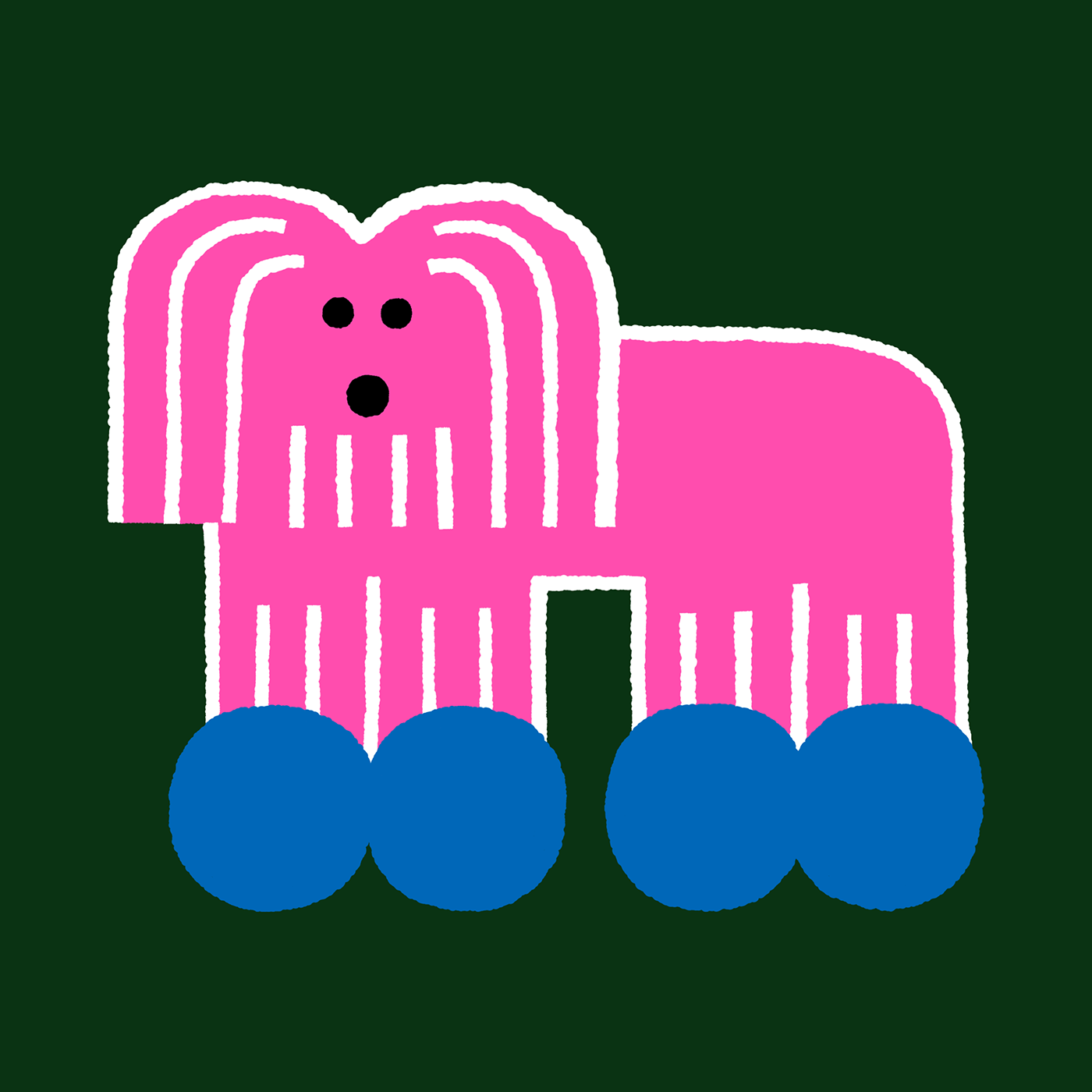






Artifact Details
Artifact Name: The Architect
Artifact Description:
The architect was created using the Unity3D Game Development engine for a game jam that took place in 2016. The team members Jared Hill, Darren O'Neale, and Kevin Friddle wanted to create a new kind of online multiplayer experience in which one player acted as a type of "God" character being untouchable and devastating other players within his arena. There are two types of players, the architect and the mice. The architect's job is to stop the mice from escaping the maze. The mice will try to avoid the architect and reach the end of the maze within a time limit. The architect has two powers, either shooting a fireball at the mice in order to damage them and disorient them within the maze. As a more passive ability, the architect can place a mine throughout the level that will detonate once a mouse gets within range. The mice also have two powers, one is a laser "cannon" on the shoulder of each mouse that will allow the mouse to open doors and destroy mines. The mice can also deploy a smoke grenade that will in aid in escapes when the player is cornered by the architect.
Tools Used:
Unity3D IDE
Adobe Photoshop
Blender3D
Photon Network
Skills Used:
Game Development
Game Design
Multiplayer Development
Graphic Design
Artifact Reflection
How would you describe the process of creating and polishing the artifact?
The Architect was initially developed for a game jam, which meant that my team was on an extremely tight deadline with only 48 hours of development time available to us. Creating this game took a lot of iteration as we had never actually created a game that incorporated online multiplayer systems. We split up the tasks among the team members so that we had one person creating the maze, one working on the character movement and architect movement, and one person setting up the online functionality. Those were the initial settings assigned, but as the weekend progressed, we started to shift some functionality around between team members, with one team member creating the maze in 3D, another team member incorporating the powers of the player and architect, and the final team member working on the performance of the game. Eventually, we completed the game and won the game jam. After completing the game jam, we continued to work on the game adding in additional functionality and getting the game ready to present at SIEGE in Atlanta, Georgia.
What did you learn as you were creating the artifact and improving it?
Personally, I learned a lot about creating online multiplayer game and making sure that we are sending manageable packets across the network. I spent most of my time setting up the hosting environment and getting the room deployment and matchmaking systems implemented.
What challenges did you face?
The biggest challenge that we faced was the tight deadline for the game. The second biggest challenge that we faced was our lack of experience or knowledge base around online multiplayer games. We completed a lot of research before starting this project, but also ran into several unexpected hurdles along the way. The lack of sleep during the weekend really takes a toll on your mind as well. The final challenge that we faced was what things we should incorporate into the game, and the things that we should have left out of the game. We had to cut a lot of our large "dream" items / functionality along the way, which is disappointing but we created a pretty good game in the end.
We used a fairly simple methodology for incorporating feedback into our game. The basic premise was that we had a "hopper" for ideas that could be added into the game at a later time. We would review the ideas later and rate the idea based on the level of difficulty, time required, and expected value that the idea added to the game. We received a lot of feedback at SIEGE, and were able to incorporate most of this feedback into the game.
The initial release of the game was fairly bland, without the doors that mice could open, and several of the particle effects were not being sent over the network so that other players could see them. The particle effects were particularly difficult to get across the network efficiently, so it took a lot of time to incorporate them. We also spent some time updating the rigid-bodies and rag doll effects for the mice. We used the agile methodology to update the game, going through several sprints and reviewing our progress along the way.




